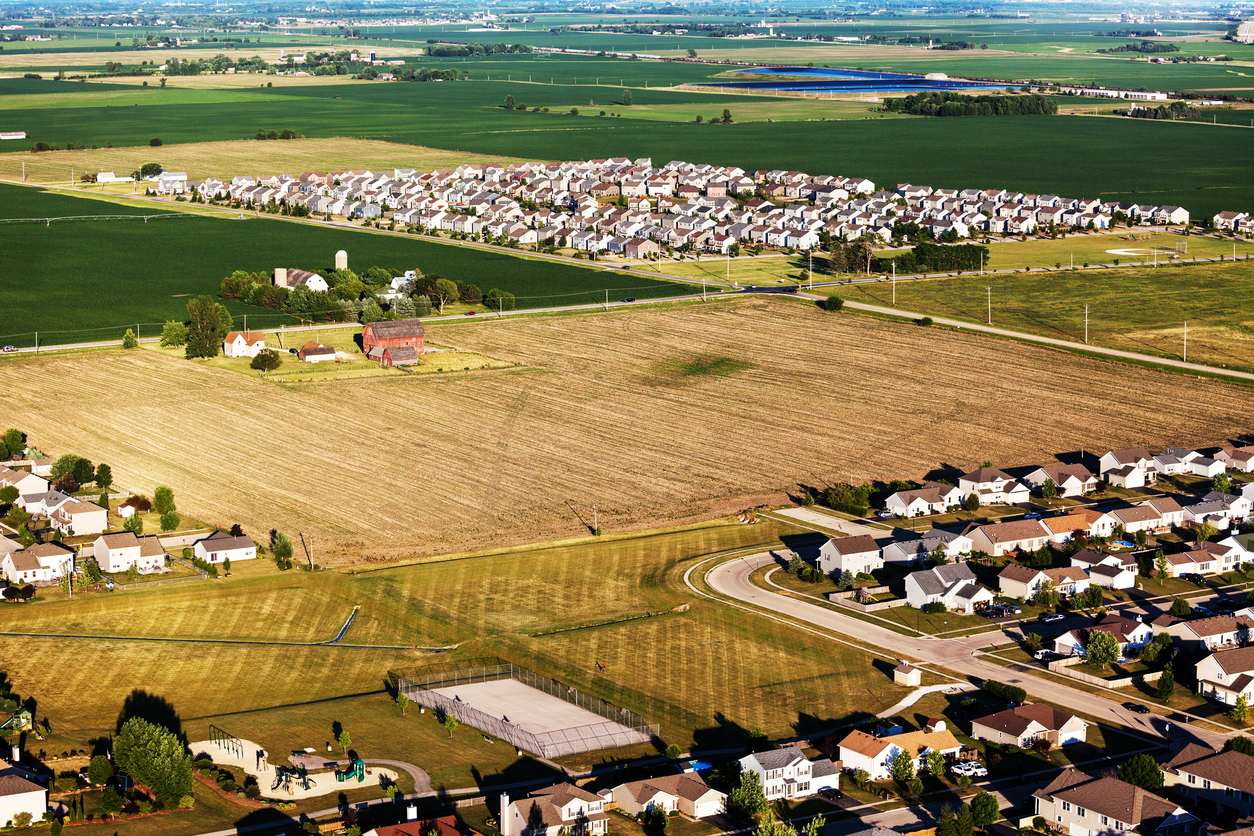
Killing Our Land with Kindness: Why We Must Consider the Next Seven Generations By Making Better Decisions About Our Population Size
- Dr. Karen I. Shragg
- January 28, 2025
- Forum Papers
- Forum Paper
- 0 Comments
Click here for a downloadable, printable PDF version.
An NPG Forum Paper
by Dr. Karen I. Shragg
January 2025
ABSTRACT
Most of the religions practiced in the US have a golden rule towards the duty to welcome the stranger, especially the downtrodden stranger. We are going to have to alter those narratives a bit so that we don’t become even more overpopulated and put additional pressure on our remaining wild spaces, national parks, and lands sacred within Indian country. We must look to other ways that we can help the stranger than admitting them entry to our already overpopulated country or assume the responsibility that we are killing our landscapes, and each other with kindness.
I owe this paper’s theme to a conversation I had with Chris Tall Bear, a full-blooded member of the Southern Cheyenne of Oklahoma and a public health professional. I started out with the premise that those in Indian country would be likely to get behind the idea that mass immigration is not good for their communities or their interests. While I believe there is evidence that the land surrounding reservations and even within them is being negatively impacted by population growth, Chris enlightened me that it goes against their tradition to turn away the stranger. It is culturally abhorrent to his people not to give food to the hungry and shelter to those in need. He told a story of a captured Ute who was treated so well he didn’t want to leave the Cheyenne. Chris opened my eyes to the cultural stories of how we need to treat strangers that run deep in all our traditions, but that need to be challenged in light of our vastly increased human numbers.
Our conversation also inspired me to look deeper into our current interface with Indian Country especially after he told me that 65% of Native Americans voted for Donald Trump and his promises to “drill baby drill” on their land, which has the potential to offer them dividends. The record high amount of money offered to tribes from the oil and gas leasing Indigenous lands, reached $41,000,000 in 956, which primarily went to 10 tribal groups. While many tribal leaders have rejected money as a substitute for land sovereignty and pollution over the years, as more have moved to urban areas the promise of dividends has become more attractive.
“In 2012 alone, most recent ONRR, the Offices of Natural Resource Revenue, data concludes that energy and mineral resources generated over $701 million in royalty revenue paid to Indian mineral owners. Income from energy and minerals is by far the largest source of revenue generated from Trust lands.” The way the rules work is that enrolled members can get upfront money. “In the last three years, DEMD working with BIA realty staff has assisted Tribes in the negotiation of 48 IMDA leases for oil and gas, totaling approximately 2,750,000 acres and about $45 million in bonuses (upfront payments). These leases have the potential to additionally produce over $20 billion in revenue to the Indian mineral owner over the life of the lease through royalties and working interests.”
The land set aside for Indian reservations totals 56,200,000 acres. Much of this land can only be occupied by those who have tribal ancestry by varying degrees of bloodlines. Population growth due to mass immigration therefore is not felt on these reservations, totaling an area the size of Idaho. It would be hard to convince those living on particularly desolate reservations that there is no more room for mass immigration. To add to the complexity, there is also evidence that one tribe in particular, the Cherokee, are benefiting from mass immigration due to their role in processing new immigrants…..Continue reading the full Forum paper by clicking here.
Your gift helps publish and distribute materials like this.
Dr. Karen I. Shragg is an overpopulation activist, speaker, and author of the new book Move Upstream: A Call to Solve Overpopulation (Free Thought House Press, 2015). A naturalist and director of Wood Lake Nature Center in Richfield, Minnesota, Dr. Shragg is also the author of many other titles including the Nature’s Yucky children’s book series.

